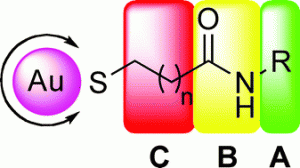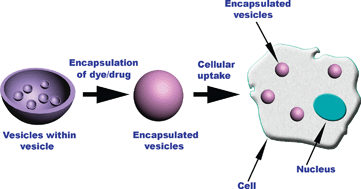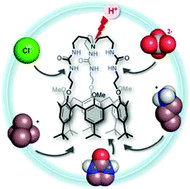While protein assemblies are key to biological processes, their mis-assembly often leads to altered functions such as those found in neurodegenerative diseases. Considerable efforts are ongoing towards the understanding of the assembly processes, either using native or artificial systems.
In this OBC Hot article, Mingming Ma and Dennis Bong at the Ohio State University (Columbus, USA) construct a protein-protein artificial interface and demonstrate that when functionalized with synthetic cyanuric acid and melamine, the streptavidin proteins are able to assemble selectively, based on reversible supramolecular recognition. Such synthetic modules could be used to direct the molecular interactions for the construction of novel biomaterials and functional molecular assemblies.
-
Interested in proteins, biomaterials or supramolecular chemistry? This OBC Communication is for you!
-
FREE to access for a period of 4 weeks.
Protein assembly directed by synthetic molecular recognition motifs
Mingming Ma and Dennis Bong
Org. Biomol. Chem., 2011, Advance Article
DOI: 10.1039/C1OB05998J, Communication















![GA[6]](https://blogs.rsc.org/ob/files/2011/09/GA6.gif)



![GA[8]](https://blogs.rsc.org/ob/files/2011/08/GA8.gif)